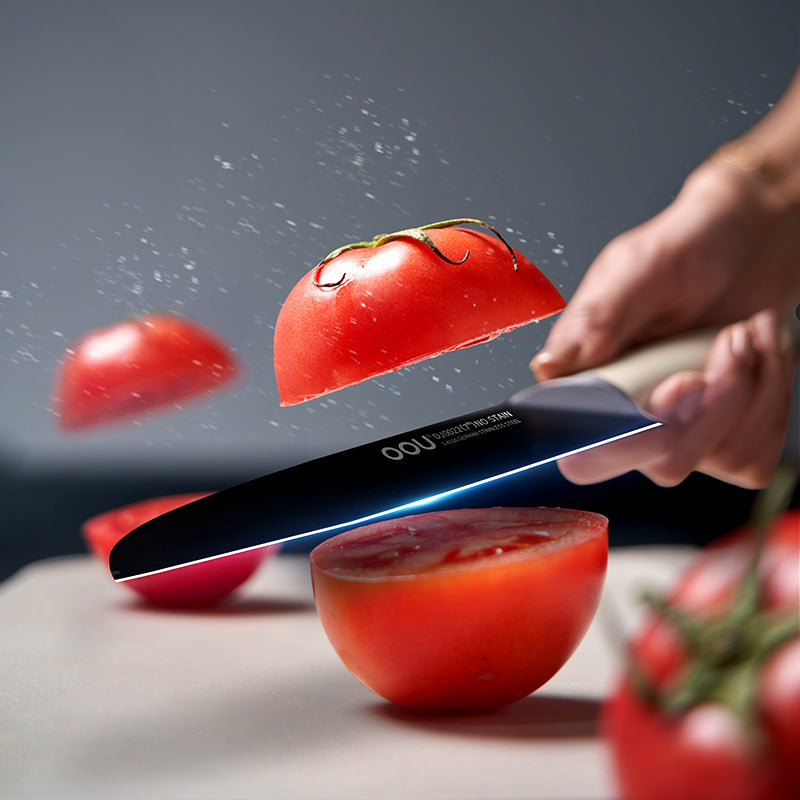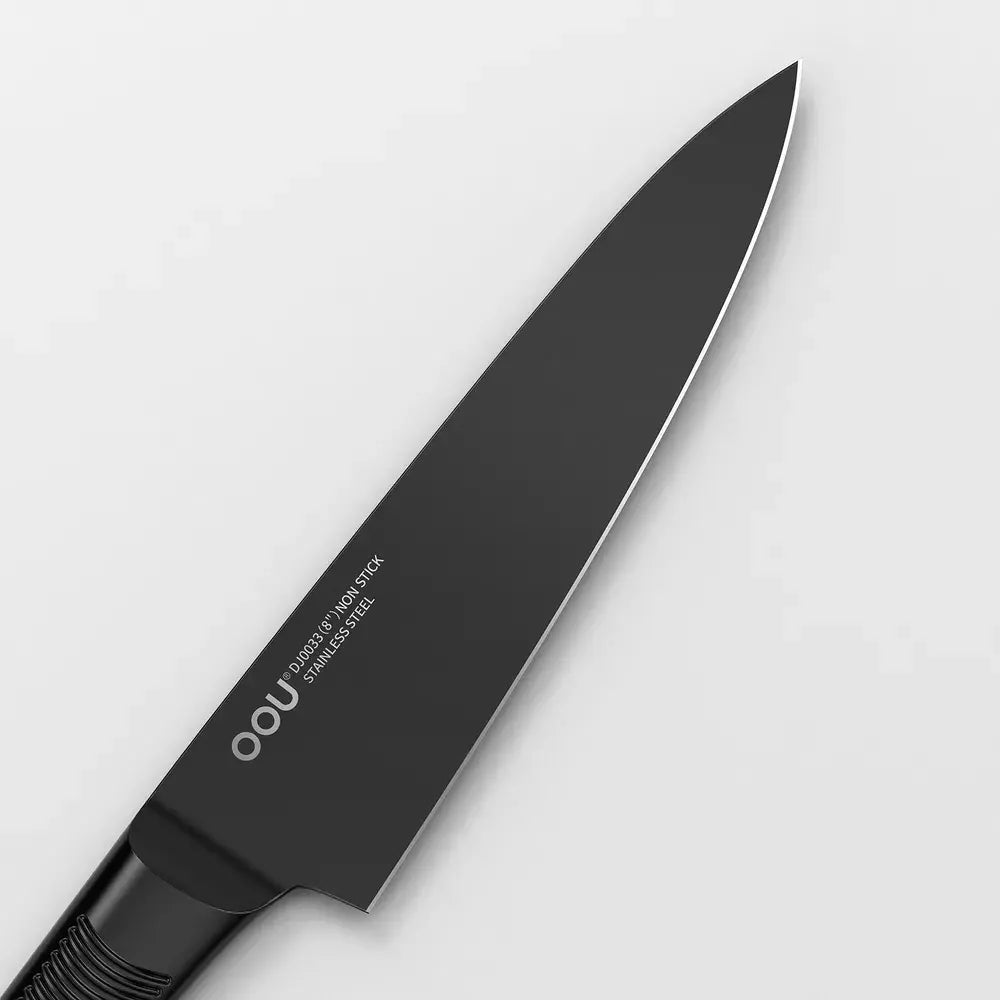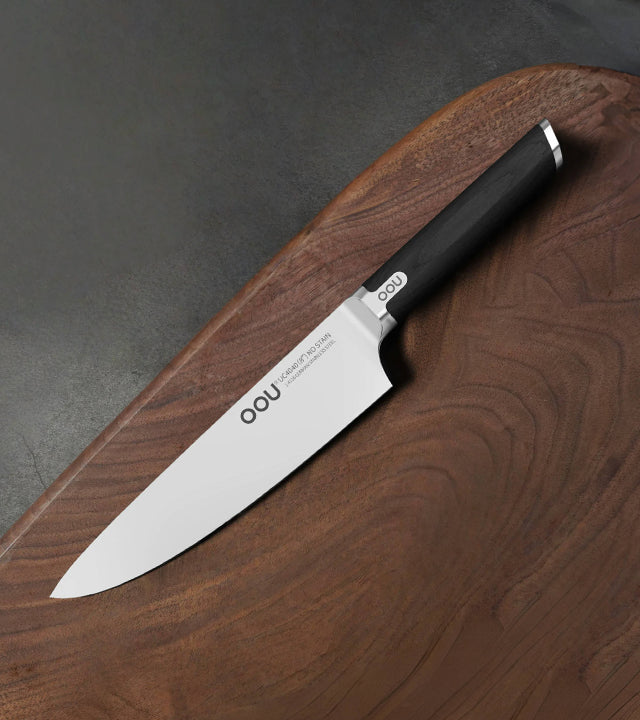Introduction
The material of your kitchen knife plays a crucial role in its sharpness, durability, and maintenance requirements. But what makes a knife strong and long-lasting? Let’s dive into the science behind different knife materials and which one is best for your needs.
Common Knife Materials and Their Benefits
1. Stainless Steel – The Corrosion-Resistant Choice
Stainless steel knives are rust-resistant and require minimal maintenance. They are great for everyday use but may need frequent sharpening.
2. High-Carbon Steel – The Professional’s Choice
High-carbon steel knives retain their sharpness longer than stainless steel. However, they require regular maintenance to prevent rust.
3. Damascus Steel – Beauty and Performance
Damascus steel is known for its layered pattern, which increases strength and sharpness retention. These knives are premium-grade and often handcrafted.
4. Ceramic Knives – Ultra-Sharp but Fragile
Ceramic knives are lightweight and incredibly sharp, but they are prone to chipping and require special care.
Why Blade Hardness Matters
Knife hardness is measured using the Rockwell Hardness Scale (HRC).
-
56-58 HRC – Great for everyday home use (stainless steel knives).
-
60-62 HRC – Offers superior edge retention but requires more care (high-carbon steel knives).
Scientific Research & Endorsements
According to Blade Magazine, high-carbon stainless steel is the best material for balancing longevity, sharpness, and corrosion resistance.
Conclusion
A high-quality kitchen knife is an investment that enhances your cooking experience. Whether you’re choosing a new knife, maintaining its sharpness, or understanding blade materials, this guide helps you make an informed decision.
For premium kitchen knives that combine cutting-edge technology with expert craftsmanship, explore our collection at OOU!



